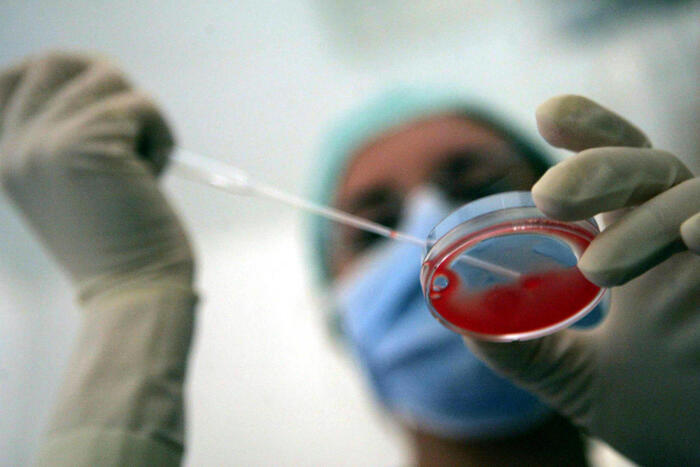Open the ‘black box’ of medically assisted procreation (MAP) to understand the reasons why the embryo does not implant. Italian scientists did this through a meta-analysis with the aim of reviewing all the possible elements that lead to failure after embryo transfer. The work, published in Human Reproduction Update, is the subject of an oral communication at the congress of the European Society of Reproductive Medicine and Embryology in Copenhagen. The experts are led by Danilo Cimadomo, Laura Rienzi and Antonio Capalbo, respectively head of Research and Development and scientific director of the Genera group and Chief Scientific Officer of Juno Genetics, with colleagues from Columbia University in New York and the Federico II University in Naples.
“Today science allows us to reach a certain limit – explains Rienzi – to seek success in Pma: the maximum tool we have is being able to cultivate blastocyst embryos and then proceed with the pre-implantation genetic test: a euploid embryo (i.e. chromosomally healthy pre-implantation test result) has between 45 and 65% chance of being a healthy baby when born. The non-implantation range is the ‘black box'”. To try to open it, all the previous works, over 1600, which had investigated the factors associated with the failure of implantation of euploid embryos were reviewed. Various characteristics have therefore been identified, explains Cimadomo, which “have a greater influence on implantation failure: at the level of the embryo, a poor quality of the blastocyst as a whole and slower development; even in the presence of euploid blastocysts, in women over 38 there is a slight but significant reduction in the success rate; a previous experience of implantation failure; obesity. On the other hand, nothing emerged at the level of the male factor, while from a clinical point of view it appeared better to freeze the embryo rather than lengthen the culture pending the diagnostic outcome. Again, a less invasive biopsy technique appeared to be associated with better pregnancy outcomes.” These, concludes the expert, “are the significant factors for failure. This study will also be very useful for couples counseling”.
Assisted procreation, even man’s age conditions results
Even the age of the man and the parameters of the seminal fluid have their role in the success of a cycle of medically assisted procreation (MAP). A scientific study has been underway on this topic all over the world for some time and the data collected in Italy by the Genera group, specialized in reproductive medicine, confirm the existence of a possible link. This is highlighted by a study presented as a poster at the congress of the European Society of Reproductive Medicine and Embryology (Eshre) in Copenhagen. “In this study – says Rossella Mazzilli, andrologist at the Genera center in Rome – we asked ourselves what was the impact of seminal parameters and paternal age on the embryological and clinical results in assisted fertilization cycles performed using ICSI, the intracytoplasmic injection of the sperm inside the oocyte, which opposes IVF in which the gametes are left free to fertilize in vitro.We have observed that a reduced motility of the sperm and the presence of a concentration, morphology and motility below the 5th percentile, indicator present in the Who-20ho21 criteria, are associated with worse embryological outcomes, and as regards paternal age, it seems to have a negative influence”.
In another study, the experts also highlighted how the pre-implantation genetic test for the embryo (Pgt-A) makes sense even if only 1-2 embryos were obtained: according to a study presented by the Genera group together with Juno Genetics , Pgt-a has saved useless and potentially risky transfers in many couples, as well as an average of one month to successfully conclude their treatment. The abortion rate in the group without Pgt-A was in fact 28% against 12% in the group with Pgt-A (9 women aborted against 21).
